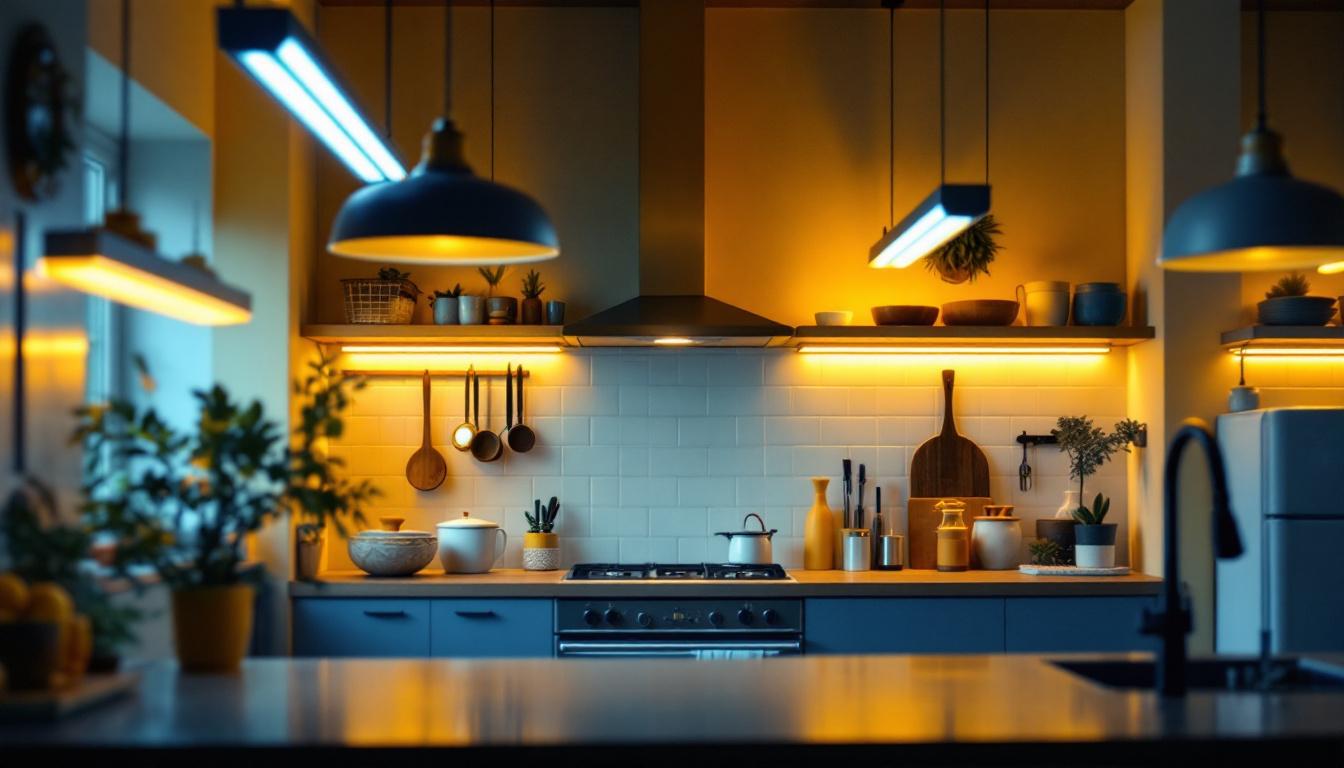
In the realm of kitchen design, lighting plays a crucial role in both functionality and aesthetics. Fluorescent light fixtures, once a common choice in commercial settings, have found their way into residential kitchens, offering a blend of efficiency and brightness. This article delves into the insights shared by expert lighting contractors regarding the use of fluorescent fixtures in kitchen environments, exploring their benefits, installation tips, and design considerations.
Fluorescent lighting has gained popularity in kitchens for several compelling reasons. Its energy efficiency and longevity make it an attractive option for homeowners and contractors alike.
One of the standout features of fluorescent light fixtures is their energy efficiency. Compared to traditional incandescent bulbs, fluorescent lights consume significantly less electricity, which can lead to lower utility bills over time. This efficiency is particularly beneficial in kitchens, where lighting is essential for food preparation and cooking tasks.
Moreover, many fluorescent fixtures now come with integrated electronic ballasts, which further enhance their energy-saving capabilities. By reducing energy consumption, contractors can offer clients a sustainable lighting solution that aligns with modern eco-friendly initiatives. Additionally, the reduced heat output of fluorescent bulbs means that kitchens remain cooler, which can be a significant advantage during hot cooking sessions, contributing to a more comfortable environment for both chefs and guests.
Fluorescent bulbs have a longer lifespan compared to incandescent options, often lasting up to ten times longer. This longevity means that homeowners can enjoy a well-lit kitchen without the frequent need for bulb replacements. For contractors, this translates into less maintenance work and higher customer satisfaction.
Furthermore, many modern fluorescent fixtures are designed to be easily accessible for bulb changes, making maintenance straightforward. This ease of upkeep is a significant selling point for contractors looking to recommend durable lighting solutions. In addition, advancements in technology have led to the development of dimmable fluorescent options, allowing homeowners to adjust the brightness according to their needs, whether it’s for a lively family dinner or a quiet evening of meal prep. The versatility of these fixtures not only enhances the functionality of the kitchen but also allows for a more personalized ambiance, making fluorescent lighting a practical and stylish choice for any culinary space.
When selecting fluorescent light fixtures for a kitchen, several factors must be considered. The right choice can enhance the overall atmosphere and functionality of the space.
Fluorescent fixtures come in various types, each suited for different applications within the kitchen. For instance, recessed fluorescent lights are ideal for providing general illumination without taking up visual space. These fixtures can be installed in ceilings, creating a clean and modern look.
On the other hand, under-cabinet fluorescent lights are perfect for task lighting, illuminating countertops and workspaces effectively. This targeted lighting helps minimize shadows while preparing meals, making it a favorite among homeowners and chefs alike. Additionally, pendant fluorescent fixtures can add a stylish touch to kitchen islands or dining areas, combining functionality with aesthetic appeal. These fixtures not only provide ample light but can also serve as a focal point in the kitchen’s design.
Another crucial aspect to consider is the color temperature of the fluorescent bulbs. Kitchens typically benefit from cooler color temperatures, which can range from 3500K to 5000K. These cooler tones mimic natural daylight, enhancing visibility and creating a vibrant atmosphere.
Contractors should also keep in mind the brightness level, measured in lumens. A well-lit kitchen requires sufficient lumens to ensure safety and functionality. It’s essential to balance brightness with the desired ambiance to create an inviting space. Moreover, using dimmable fluorescent fixtures can provide flexibility in lighting options, allowing homeowners to adjust the intensity based on the time of day or the specific activity taking place. This adaptability not only enhances comfort but also contributes to energy efficiency, as less light is needed during quieter moments or when the kitchen is not in use.
Proper installation is key to maximizing the benefits of fluorescent lighting in kitchens. Expert contractors share valuable tips to ensure a successful setup.
The placement of fluorescent fixtures can significantly impact the overall lighting quality in a kitchen. It’s advisable to install fixtures in a way that minimizes shadows and provides even illumination across all work areas. For example, under-cabinet lighting should be positioned close to the countertop to effectively light the workspace.
Spacing is equally important; fixtures should be evenly distributed to avoid dark spots. A common guideline is to space fixtures approximately 4 to 6 feet apart, depending on the fixture’s brightness and the kitchen’s layout. In larger kitchens, consider using multiple fixtures in a grid pattern to ensure that all areas, including islands and prep zones, receive adequate light. This not only enhances functionality but also creates a more inviting atmosphere for cooking and entertaining.
Before installation, it’s crucial to assess the existing electrical setup. Contractors should ensure that the wiring can handle the load of the new fixtures. Upgrading the electrical system may be necessary, particularly in older homes.
Additionally, using the correct gauge of wire and ensuring proper grounding can prevent potential issues down the line. Safety should always be the top priority during installation, and following local electrical codes is essential. Moreover, consider installing a dimmer switch to allow for adjustable lighting levels, which can enhance the kitchen’s ambiance during different times of the day. This flexibility can be particularly useful for transitioning from bright task lighting during meal prep to softer lighting for evening gatherings, making the kitchen a multifunctional space.
While functionality is paramount, aesthetics should not be overlooked when selecting fluorescent light fixtures for kitchens. The design of the fixtures can complement the overall kitchen style.
Fluorescent fixtures are available in a variety of styles and finishes, allowing contractors to match them with the kitchen’s decor. Sleek, modern designs can enhance contemporary kitchens, while more traditional fixtures may suit classic styles.
Finishes such as brushed nickel, chrome, or matte black can add a touch of elegance to the fixtures, making them not just functional but also visually appealing. Contractors should consider the overall color palette and design theme of the kitchen when recommending fixtures.
To create a well-rounded lighting scheme, integrating fluorescent fixtures with other lighting sources is advisable. Combining ambient, task, and accent lighting can enhance the kitchen’s functionality and aesthetic appeal.
For instance, pairing fluorescent under-cabinet lights with pendant fixtures above an island can create a layered lighting effect. This approach not only improves visibility but also adds depth and interest to the space.
Despite the many advantages of fluorescent lighting, some challenges may arise during installation and use. Understanding these challenges can help contractors provide effective solutions.
One common issue with fluorescent lights is flickering or buzzing, which can be caused by various factors, including faulty ballasts or incompatible dimmer switches. Contractors should ensure that the fixtures are compatible with the dimming systems used in the kitchen.
Replacing old ballasts with electronic ones can often resolve flickering issues. Additionally, educating clients on the importance of using high-quality bulbs can prevent these problems from occurring in the first place.
Another challenge is the color rendering index (CRI) of fluorescent bulbs, which can affect how colors appear in the kitchen. A low CRI may distort the appearance of food and materials, which is crucial in a culinary environment.
Contractors should recommend bulbs with a CRI of 90 or higher for optimal color accuracy. This ensures that the kitchen not only looks good but also functions effectively for food preparation and presentation.
As technology continues to evolve, so do the trends in kitchen lighting. Contractors should stay informed about emerging technologies and design trends to provide the best recommendations to their clients.
One notable trend is the rise of LED fluorescent alternatives. These fixtures offer similar energy efficiency and longevity as traditional fluorescent lights but with enhanced performance and color rendering capabilities. They also come in a wider variety of styles and designs, making them a versatile choice for modern kitchens.
Contractors should consider educating clients about the benefits of LED options, including their ability to produce less heat and their compatibility with smart home systems. This knowledge can help clients make informed decisions about their kitchen lighting.
The integration of smart technology into kitchen lighting is another exciting trend. Smart fluorescent fixtures can be controlled via smartphone apps or voice commands, allowing homeowners to adjust brightness and color temperature with ease.
Contractors should explore smart lighting options that can enhance the kitchen experience, providing convenience and energy savings. As more homeowners embrace smart technology, being knowledgeable about these solutions can set contractors apart in the industry.
Fluorescent light fixtures offer a range of benefits for kitchen lighting, from energy efficiency to longevity. By understanding the various types, installation techniques, and design considerations, lighting contractors can provide valuable insights to their clients.
As trends continue to evolve, staying informed about new technologies and design preferences will ensure that contractors remain at the forefront of the industry. Whether recommending traditional fluorescent fixtures or exploring modern LED alternatives, the right lighting choices can transform a kitchen into a functional and inviting space.
Ready to elevate your kitchen lighting projects with the efficiency and style of fluorescent fixtures? LumenWholesale is here to support your endeavors with our extensive range of top-quality, spec-grade lighting products. Enjoy unbeatable wholesale prices and the convenience of bulk buying without the hassle. With free shipping and no hidden fees, you can trust us to provide premium lighting solutions that meet the highest industry standards. Don’t compromise on quality or value — explore our selection and discover the best in wholesale lighting today.
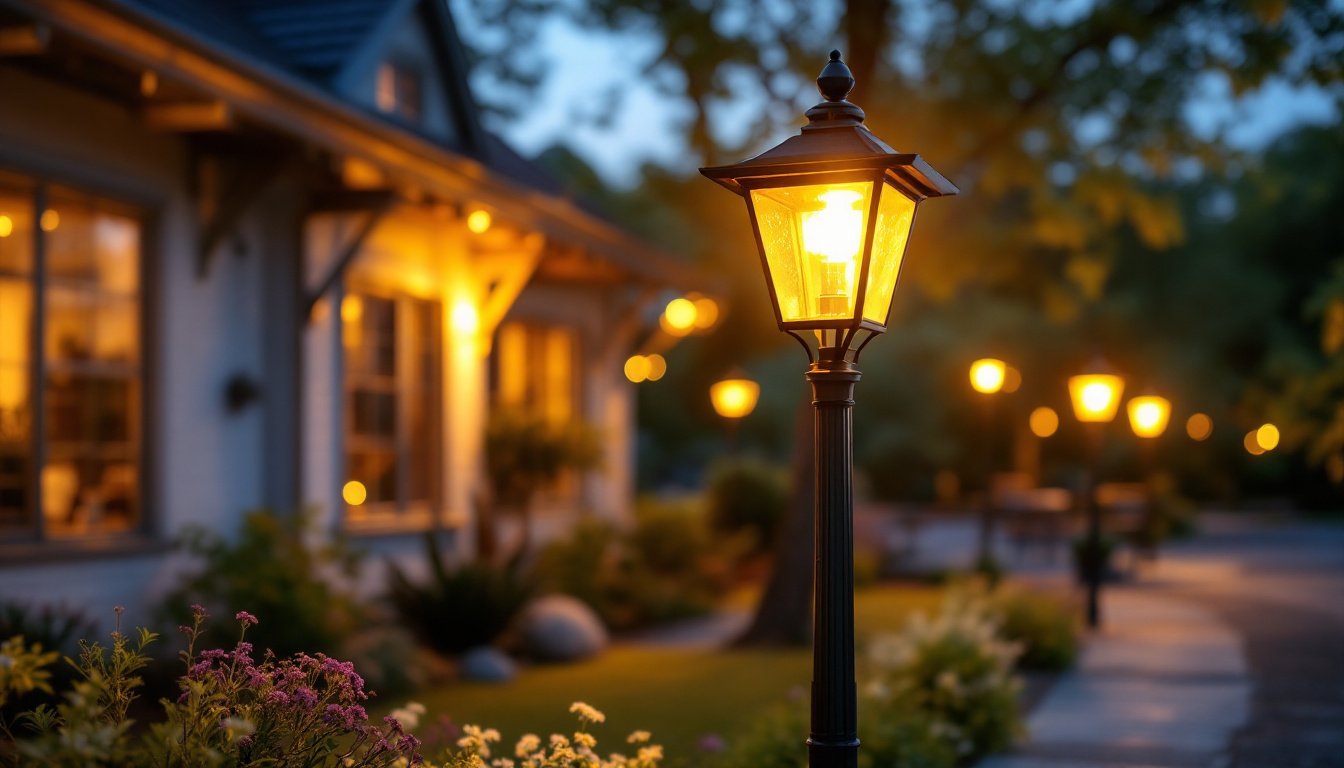
Discover the essential role solar lighted lamp posts play for lighting contractors.
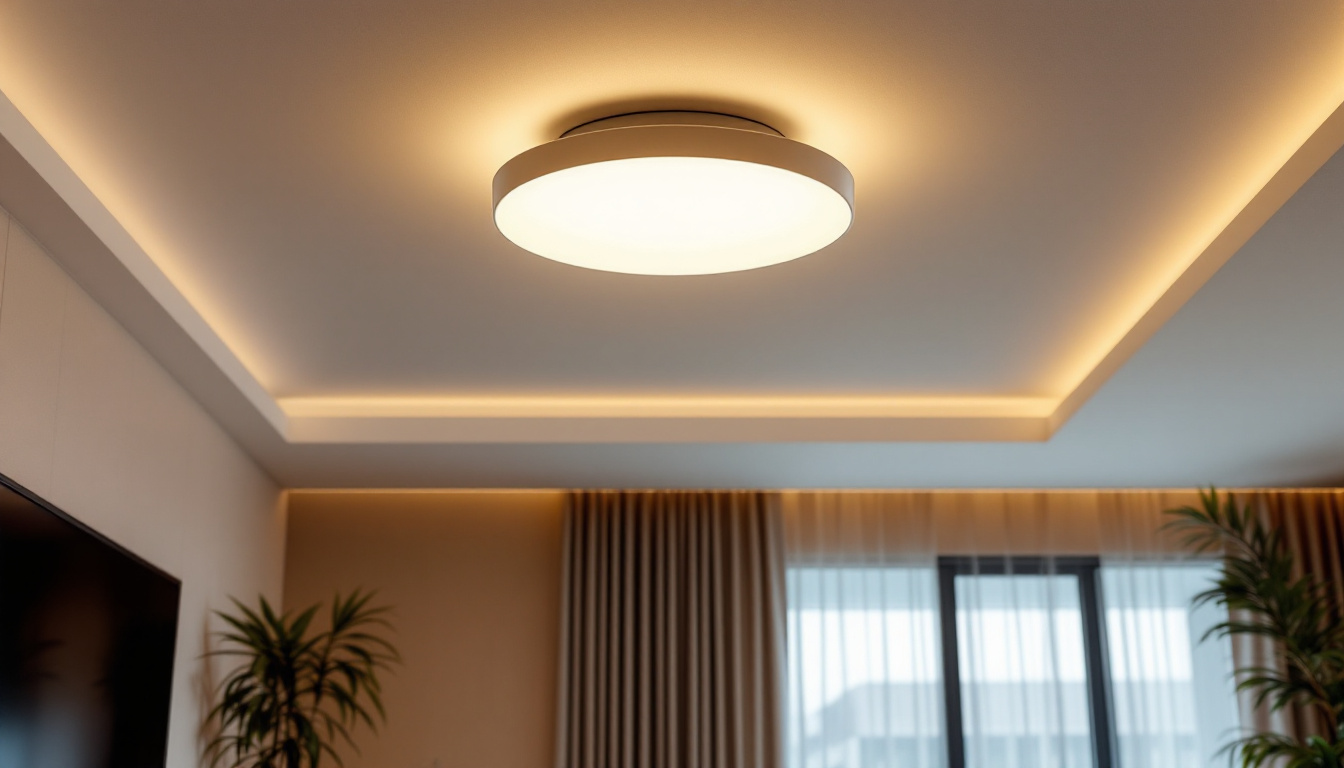
Discover how ceiling light fixture recessed designs are revolutionizing the lighting industry with their sleek aesthetics, energy efficiency, and versatile functionality.
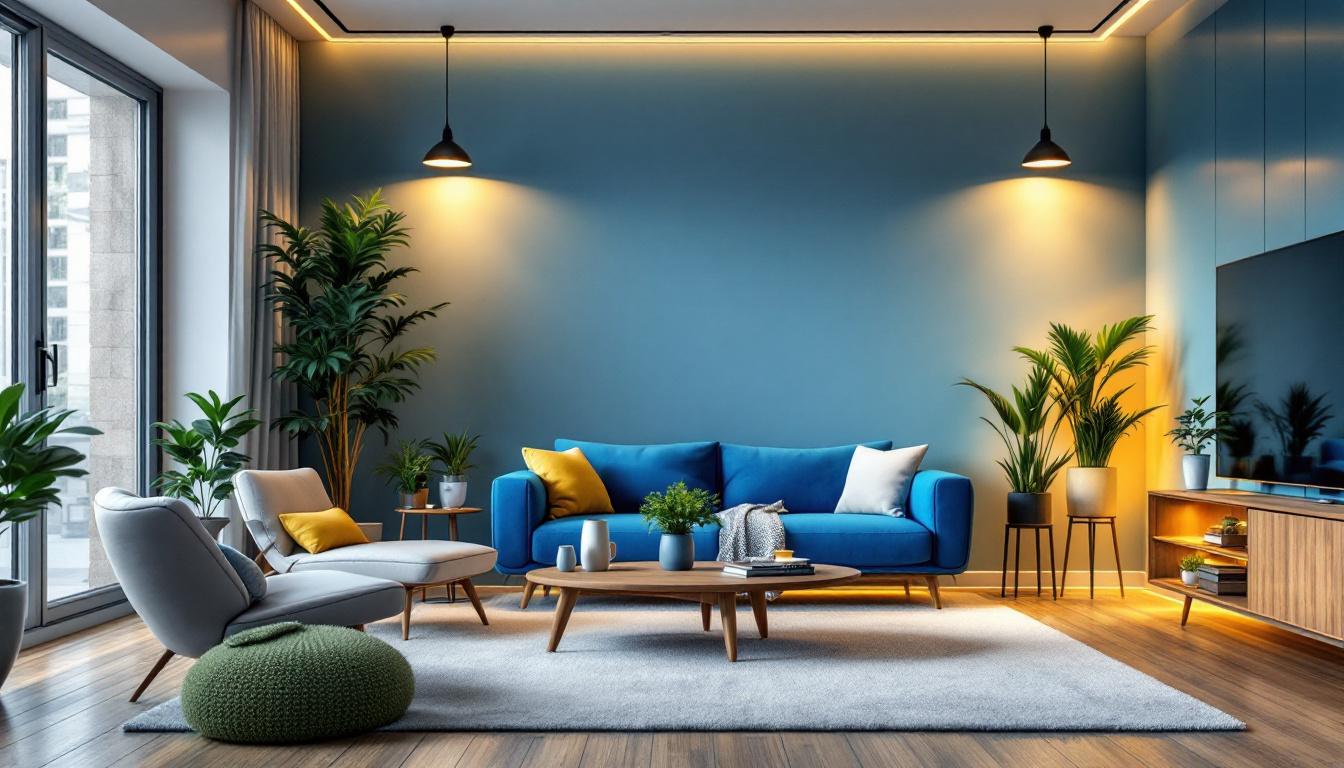
Discover if can lights are out of style and explore the business benefits for lighting contractors.
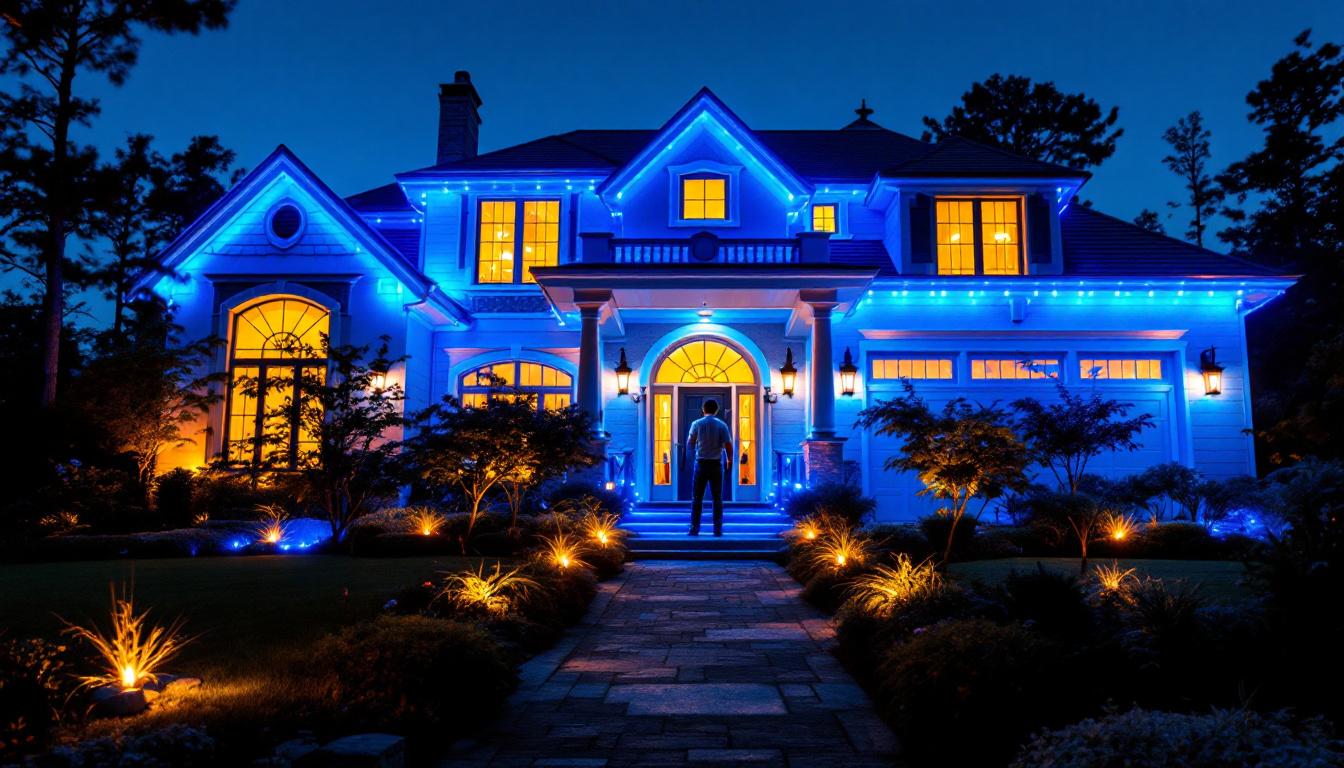
Discover how blue lights on houses are revolutionizing the lighting industry, offering new opportunities and challenges for contractors.